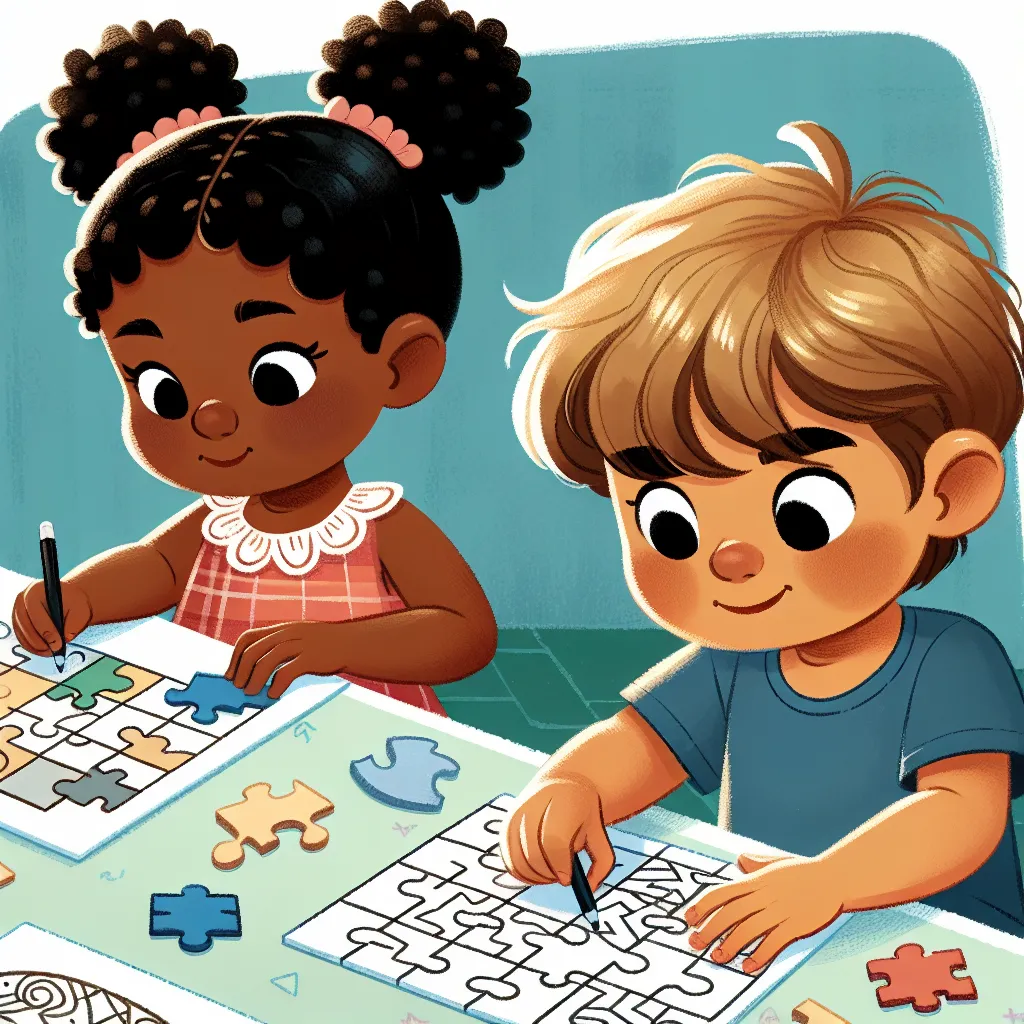Ask AI on The Internet
Question: 4.1 Subject integration refers to combining two or more subjects when teaching a particular topic. In a view of above statement, demonstrate with two examples how you would integrate aspects of language and Mathematics in a movement lesson. Note that this question requires on example for language and integration and one example for Mathematics integration. 4.2 briefly explain how motor skills contribute to learning readiness for grade R learners?
4.1 The integration of language and mathematics into a movement lesson can be both engaging and productive in a way that further encourages the cognitive development of children, especially in subjects that they may initially view as complicated or boring. Below are a few examples: - Language Integration: A game of 'Simon Says' with a slight modification can be a fun movement activity. In this game, the teacher can use various verbs and adjectives to describe the type of movement she would like the students to make. For example, "Simon says walk slowly," or "Simon says, jump high," etc. These commands would expose students to new vocabularies and help them understand the meaning of these words through action, thereby improving their language. - Mathematics Integration: Incorporating movements in teaching mathematics can deliver abstract concepts in a more concrete and understandable manner. For instance, students can be taught the concept of shapes and angles through movement. The teacher can ask the students to form different shapes like triangles, squares, or circles with their arms or their entire body. To teach angles, students could be given instructions on how much to turn from their original position, e.g., "Turn halfway around to make a 180-degree angle", etc. These practices enable students to understand mathematical concepts experientially. 4.2 Motor skills play a vital role in a grade R (Reception year) student’s learning readiness. At this developmental stage, children learn and interact with their environment through movements and physical activities. Improving motor skills aids in the overall cognitive development of a child. The development of fine motor skills (small muscle groups such as hands and fingers) can enhance a student's ability to execute tasks like writing, drawing, and other manipulative tasks. Simultaneously, the growth of gross motor skills (using larger muscle groups) aids in balance, coordination, and overall physical agility, which improves a child's capability to participate in group activities and games. These physical proficiencies not only make children ready for academic tasks like writing and drawing but also boost their self-confidence, promoting their readiness for schooling and learning.
A new large language model has been made available since this question was asked.
To generate an updated answer from the new model, click the button below.
Think your answer is better than the AI's? Post it below.
Other Most Relevant Posts:
 1. Title: Enhancing Movement Skills through Fun Activities
2. Title: Building a Strong Foundation: The Role of Motor Skills in Grade R Learning Readiness
3. Title: Connecting the Dots: Integrating L
1. Title: Enhancing Movement Skills through Fun Activities
2. Title: Building a Strong Foundation: The Role of Motor Skills in Grade R Learning Readiness
3. Title: Connecting the Dots: Integrating L
 Assessment Rubric for Evaluating Aims in a Multi-Station Lesson
Subject Integration Examples: Language and Mathematics in a Movement Lesson
The Impact of Motor Skills on Grade R Learning Readiness
Assessment Rubric for Evaluating Aims in a Multi-Station Lesson
Subject Integration Examples: Language and Mathematics in a Movement Lesson
The Impact of Motor Skills on Grade R Learning Readiness
 1. **Visual Skills Improvement for Grade R Learners**
2. **Challenges Hindering Children's Movement Today**
3. **Significance of Rolling in Infancy**
4. **Gross Motor Skills Evaluation f
1. **Visual Skills Improvement for Grade R Learners**
2. **Challenges Hindering Children's Movement Today**
3. **Significance of Rolling in Infancy**
4. **Gross Motor Skills Evaluation f
Question Tags
If you want your question answered by an AI, click here.




Post your own comment: